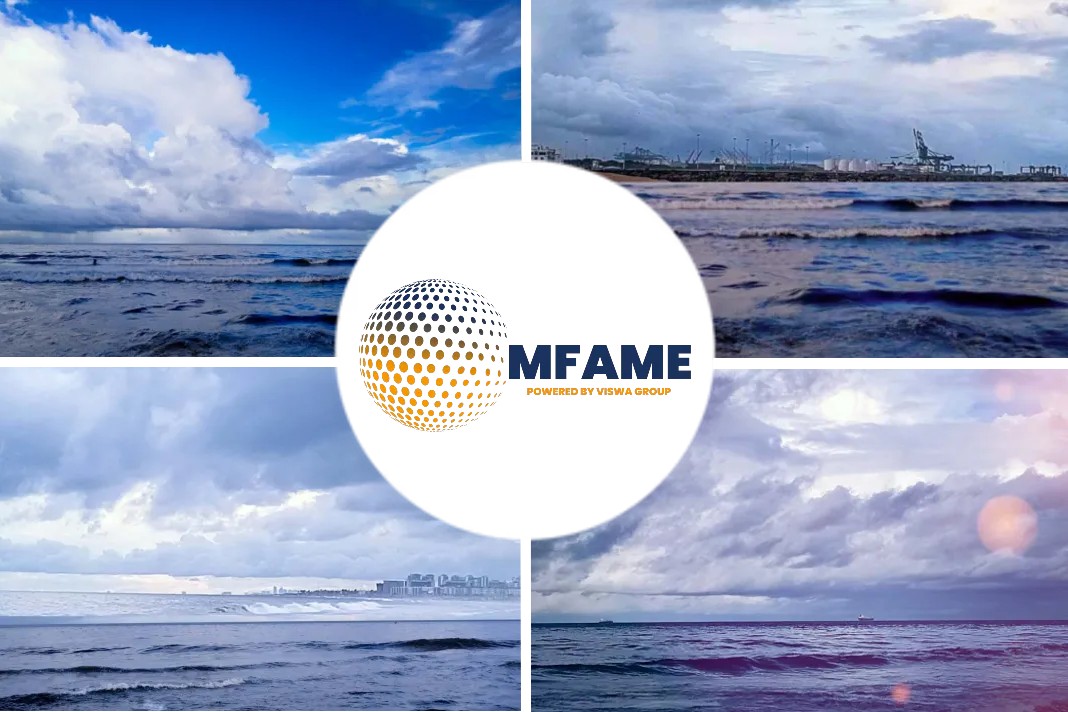- Prices present ongoing favorable investment for scrubbers.
- LNG will become more sustainable.
- Modest global bunker demand growth through 2025.
A recent news article published in the Platts states that Peninsula sees robust future for scrubbers amid high oil prices.
John Bassadone, the CEO of bunker supplier Peninsula
High sulfur fuel oil paired with flue-gas scrubbers will continue to be a part of the marine fuel bunker mix until sustainable fuels become cost-competitive and as long as oil prices remain high, John Bassadone, the CEO of bunker supplier Peninsula, told S&P Global Platts.
Looking ahead, LNG, which has the best-developed infrastructure among potential future marine fuels but which has attracted growing criticism over its green credentials, will have a role, Bassadone said in an interview on Oct. 15.
The market for conventional bunker fuels is going to be relatively similar to now in terms of overall volumes in years ahead, amid initially modest increases in overall demand for marine fuel, Bassadone said.
High sulfur fuel oil
Currently, high sulfur fuel oil, with a sulfur content of 3.5%, accounted for about 15% of global bunker demand, according to data from S&P Global Platts Analytics. This fuel can only be burnt by ships equipped with scrubbers, more formally known as exhaust gas cleaning systems.
S&P Global Platts Analytics sees an element of business as normal for the existing fuel mix continuing into the future, with scrubbers and 3.5%S FO growing their market share to 28% of total bunker demand in 2030, easing off to 26% of total demand in 2040.
“If we see a period of consistently high crude prices, it will fuel the premium differential between low and high grades and persuade owners to install scrubbers on new vessels,” he said.
Platts assessed Dated Brent at $84.96/b Oct. 15, its highest point in three years. The price has climbed more or less steadily through the year.
Strengthening crude price environment
In this strengthening crude price environment, Platts has in recent months assessed a fairly steady spread between 0.5% sulfur fuel oil, which complies with the International Maritime Organization’s Jan. 1, 2020, sulfur cap, and 3.5%S FO.
Platts assessed the Hi-5 spread, as this differential is known, for FOB barges at the Dutch bunker hub of Rotterdam at $109.75/mt Oct. 15. The Hi-5 has averaged $105.50/mt year to date, Platts data showed.
Levels of around $100/mt or above make scrubber pay-back periods short and appealing enough to shipowners to encourage investment in the units. This pricing environment may persist; Platts assessed Hi-5 FOB Rotterdam barge swaps for October 2023 at $119/mt.
“The technology [for scrubbers] is getting better and we are starting to see scrubbers that not only offer sulfur reduction but carbon capture too,” Bassadone said. “Dual fuel vessels being built today will still potentially burn HSFO for the next 25-30 years but technology will get better at removing greenhouse gases and CO2.”
Role for LNG
“Production methods of LNG are becoming more efficient and we plan to offer LNG around the Mediterranean and wherever our clients need it,” Bassadone said.
LNG in the future will be more carbon neutral than it is today, he said.
Enagas subsidiary Scale Gas and Peninsula are to launch a 12,500 cu m LNG bunker barge to serve ships bunkering the fuel in the port of Algeciras and Strait of Gibraltar, as shipping eyes alternatives to petroleum-based fuels, the companies announced in the summer. Peninsula has not announced investment in any other alternative bunker fuels.
A key criticism is that the fuel presents the possibility of methane slip from engines and by some estimates unburnt methane is 84 times more potent a greenhouse gas than CO2.
Methane is responsible for around 30% of the global rise in temperatures to date, the International Energy Agency said earlier in October.
“Methane slip has dramatically reduced over the last 10 years and engine manufacturers continue to make excellent progress,” Bassadone said. “By milestones of 2030, 2040 and 2050, LNG will have steadily progressed towards decarbonization goals, but Peninsula is entirely impartial and will supply every alternative fuel where demand and supply infrastructure exists,” he said.
Modest demand growth
The bunker fleet will see low demand growth through 2025, Bassadone said.
New dual-fuel and alternative fuel-ready ships are coming online, particularly those equipped to burn LNG. This will divert “a small amount” of demand away from conventional bunkers, he said.
While the container and dry bulk markets are seeing “unprecedented strength” the forward order book is at record lows. A recent flurry of ordering does point to some growth in bunker demand but IMO new environmental regulation will limit upside, encouraging scrapping of older, less fuel-efficient vessels and lower operating speeds, he said.
“The holistic picture is therefore pointing to very modest growth. Beyond 2025 we see significant scale-up in LNG with other alternative fuels currently lagging,” Bassadone said.
Platts Analytics puts total global bunker demand at 6.03 million b/d in 2021, rising to 7.28 million b/d in 2030 and 8.32 million b/d in 2040.
Did you subscribe to our daily Newsletter?
It’s Free! Click here to Subscribe
Source: Platts
















